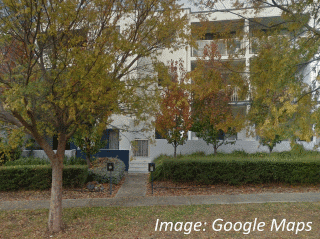 As many readers will already be aware, between mid-March and April I conducted a survey with the objective of gaining some insights into how members of the trans-Tasman IP profession (primarily patent attorneys) are faring in the face of a challenging market and substantial structural changes within the profession. Over the coming weeks I will be publishing a number of article reporting on the results of the survey. This is no small task, in view of the number and diversity of responses received. While some of the observations resulting from the survey will be uncontroversial, there are others that I expect (and, indeed, hope) may lead to further conversations about the impact of change on the profession.
As many readers will already be aware, between mid-March and April I conducted a survey with the objective of gaining some insights into how members of the trans-Tasman IP profession (primarily patent attorneys) are faring in the face of a challenging market and substantial structural changes within the profession. Over the coming weeks I will be publishing a number of article reporting on the results of the survey. This is no small task, in view of the number and diversity of responses received. While some of the observations resulting from the survey will be uncontroversial, there are others that I expect (and, indeed, hope) may lead to further conversations about the impact of change on the profession.This first article, however, should be relatively free of controversy. It is primarily concerned with an analysis of the overall demographics of respondents to the survey, by comparison with the profession as whole. What these results indicate is that there is a sound basis for belief that responses to the survey are broadly representative of the wider profession.
In the end, I received 247 responses to the survey. Unsurprisingly, the overwhelming majority – over 90% – of these were from patent attorneys, and trainees, working in private practice in Australia and New Zealand. (I am using the term ‘private practice’ in its conventional sense here, i.e. to mean attorneys providing services in the role of external advisors to clients, regardless of whether they are doing so as sole practitioners, members of privately-held practices, or members of publicly-listed groups.) Many of the survey questions were not generally applicable to patent attorneys working other contexts (e.g. in-house), or to trade mark attorneys or lawyers. I received a few complaints from people who felt excluded as a result, and I do appreciate that those people genuinely felt that they were being denied an opportunity to express their views. However, this survey was intentionally focussed on those who are are most directly affected by current market conditions and the ongoing structural changes in the profession.
 According to
According to 